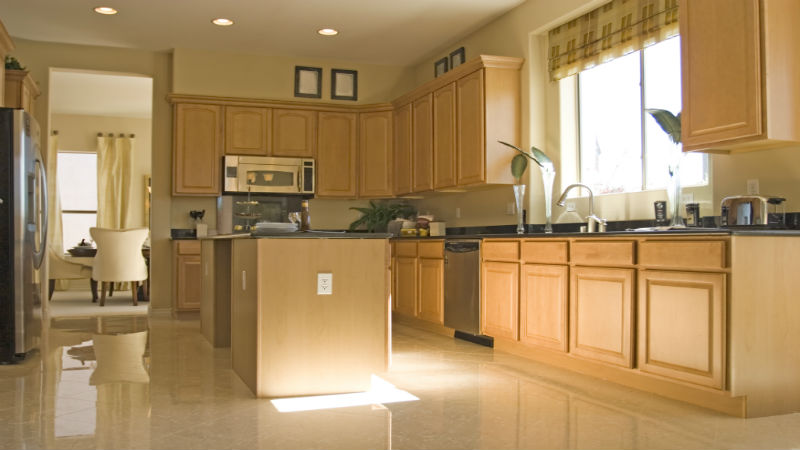In the mid 1960s visionary architects were designing the house of the future from plastic and a few years later they even proposed a bubble house. While neither of these grand ideas came to fruition some futuristic proposed technologies have been incorporated into housing and commercial building throughout North America and the world.
Some of these implemented technologies include digital video chatting in lieu of analog rotary dial telephones, centralized vacuum systems, programmable thermostats, full house stereos and automatic toilet seats.
Today there are even numerous types of these futuristic automatic toilet seats. The Japanese versions have been used in residential applications and also high end commercial hotels. These seats can incorporate a bidet, and seat heater. All these functions can be employed with the touch of a button mounted on the seats.
Historically bidets have been popular in many parts of the world for many years, Asia included. The older bidet was a standalone appliance that was set beside the toilet. When the individual was finished on the toilet, he or she switched to the bidet where water was gently sprayed on the genital area and anus. Now, this function is all part of the new futuristic toilets, and the stand-alone bidet is no longer required; additionally the new system has built in air blowers which means there is no longer a need for any toilet paper.
These modern marvels of toilet engineering do not end with a bidet replacement; some automatic toilet seats raise and lower automatically. They can also feature deodorant sprays which remove any trace of activity, automatic flushers and those that clean themselves after every use, applying an antibacterial coat as the last step after use.
Although these toilet seats are not yet popular in the USA there are new toilet inventions that address the issue of sanitation in a public setting. The most effective and widely used commercial toilet technology utilizes rolls of high density plastic film that is automatically changed after waiving your hand over a wall mounted sensor or pushing of a button. These are used extensively throughout North America in airports, casinos, restaurants, stadiums, theaters, hospitals, offices and factories.
